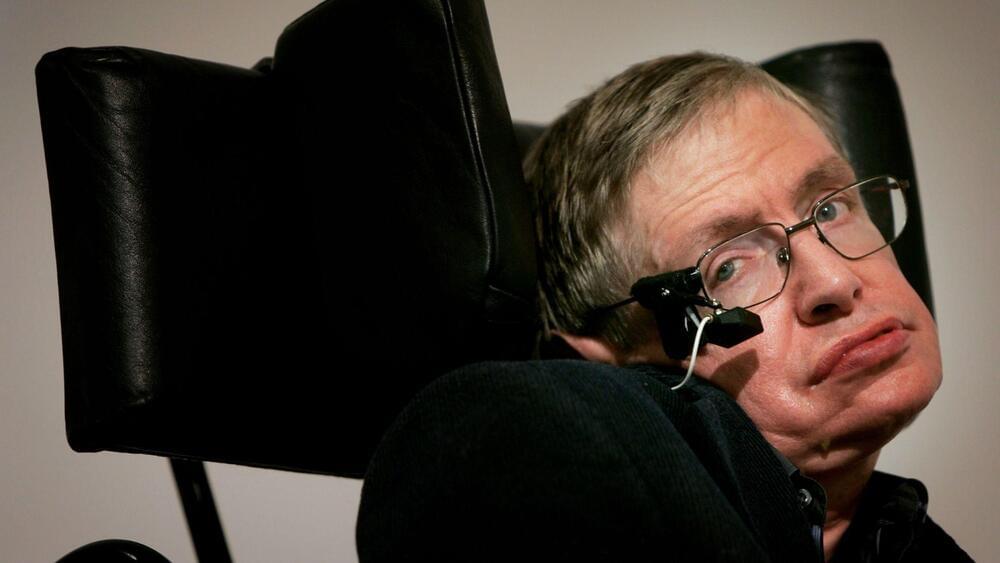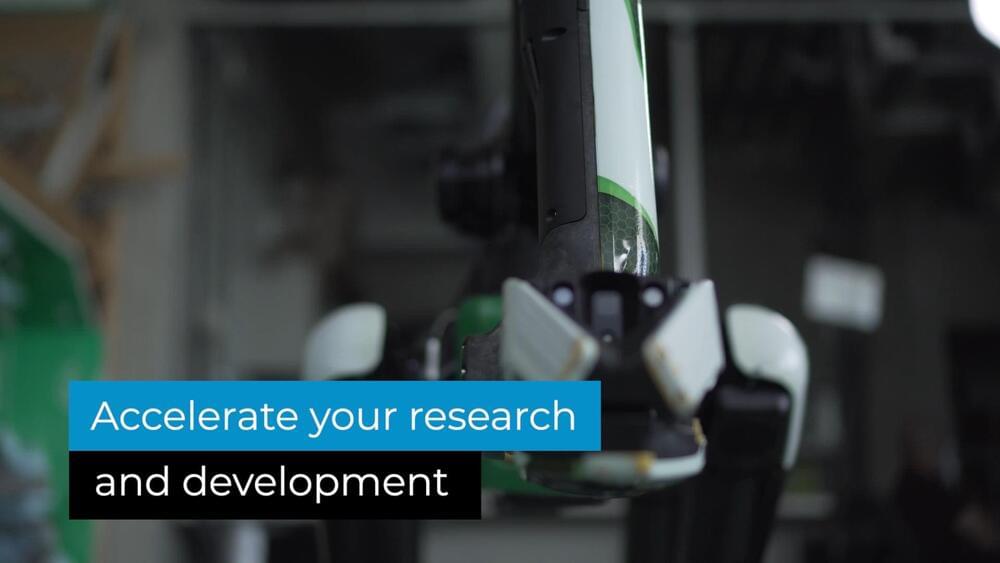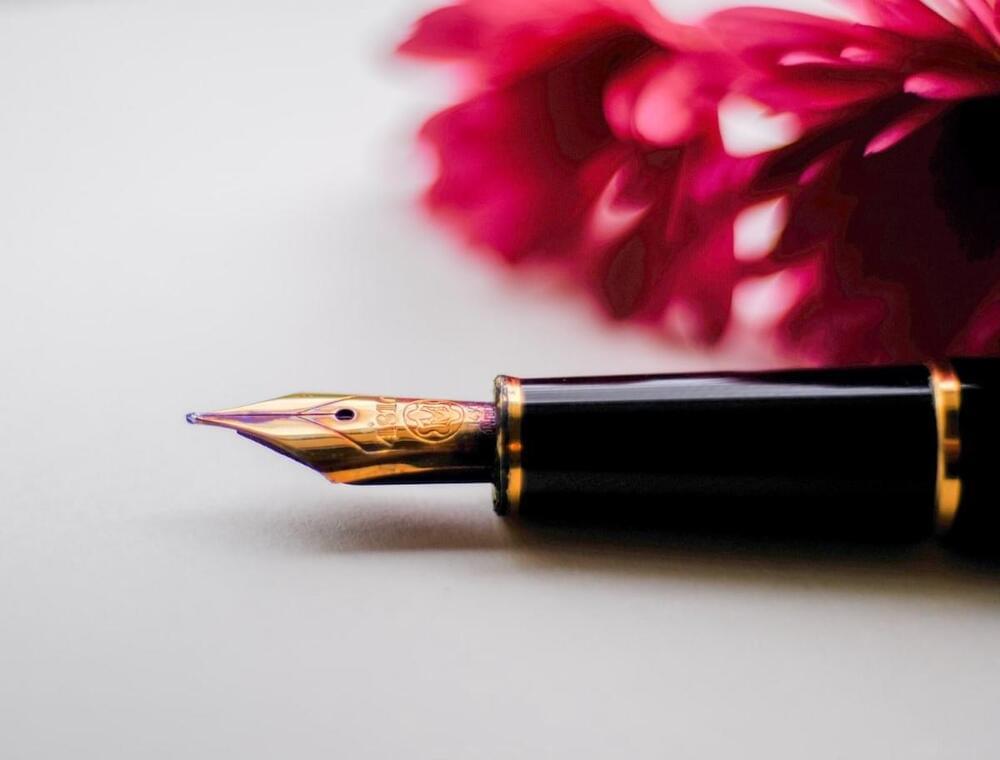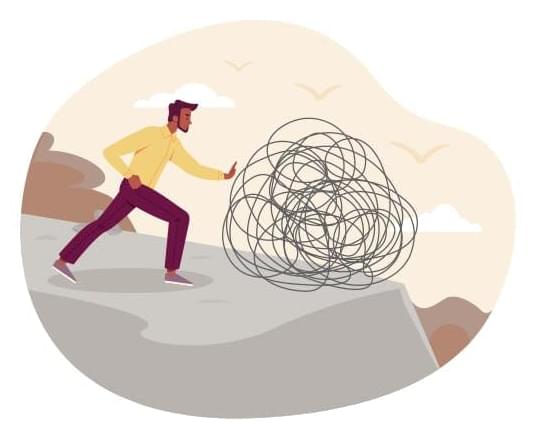😗
Professor Donald Sadoway reflects on teaching, batteries, and world peace as he retires after 45 years at MIT.


A disturbing documentary titled Childhood 2.
Spoiler alert: It’s worse than you could imagine.
Returning to Childhood 2.0 and so many discouraging—okay—depressing documentaries from the past few years (The Great Hack, Requiem for The American Dream, The Social Dilemma, etc.), it’s tempting to throw up our hands. To surrender to disillusionment. Even nihilism.
That’s the wrong way to view the difficulties of our times.
Instead, let’s use our challenges as mechanisms for growth. Or as Winston Churchill once remarked, “Never let a good crisis go to waste.” In the spirit of innovation and goodwill to humankind this holiday season, let’s seize this challenging moment to tell a new story about philanthropy.


Visit our sponsor, Brilliant: https://brilliant.org/IsaacArthur/
Every day brings us new technological advances, today we’ll explore many of those of such as robotics, automation, rapid delivery, education, medical science, nanotechnology, and more.
Episodes referenced in the Episode:
Power Satellites: https://www.youtube.com/watch?v=eBCbdThIJNE
Fusion Power: https://www.youtube.com/watch?v=ChTJHEdf6yM
Quiet Revolution: https://www.youtube.com/watch?v=jvH-7XX6pkk.
The Santa Claus Machine: https://www.youtube.com/watch?v=FmgYoryG_Ss.
Synthetic Meat: https://www.youtube.com/watch?v=_NULFAItoBs.
Cyborgs: https://www.youtube.com/watch?v=cGYKCTFIZLI
Mind Augmentation: https://www.youtube.com/watch?v=aQpYOVvU17Y
Mind-Machine Interfaces: https://www.youtube.com/watch?v=OCLLzI4R3bc.
Life Extension https://www.youtube.com/watch?v=kKmdc2AuXec.
The Science of Aging: https://www.youtube.com/watch?v=RDpjv2z3dyE
Happily Ever After: https://www.youtube.com/watch?v=0ypfzvQ-Q2w.
Attack of the Drones: https://www.youtube.com/watch?v=6oZCUtgnQkE
Advanced Metamaterials: https://www.youtube.com/watch?v=s0UZ6-oeiIE
Portable Power: https://www.youtube.com/watch?v=ffXqcf48D9Q
The Nuclear Option: https://www.youtube.com/watch?v=3aBOhC1c6m8
Moon: Industrial Complex: https://www.youtube.com/watch?v=y47MMNqKGxE
Machine Rebellion: https://www.youtube.com/watch?v=jHd22kMa0_w.
The Paperclip Maximizer: https://www.youtube.com/watch?v=3mk7NVFz_88
Technological Stagnation: Coming Soon.
Non-Carbon Based Life: Coming Soon.
Visit our Website: http://www.isaacarthur.net.
Support us on Patreon: https://www.patreon.com/IsaacArthur.
SFIA Merchandise available: https://www.signil.com/sfia/
Social Media:
Facebook Group: https://www.facebook.com/groups/1583992725237264/
Reddit: https://www.reddit.com/r/IsaacArthur/
Twitter: https://twitter.com/Isaac_A_Arthur on Twitter and RT our future content.
SFIA Discord Server: https://discord.gg/53GAShE
Listen or Download the audio of this episode from Soundcloud: Episode’s Audio-only version: https://soundcloud.com/isaac-arthur-148927746/new-technologi…-the-cards.
Episode’s Narration-only version: https://soundcloud.com/isaac-arthur-148927746/new-technologi…ation-only.
Credits:

In this bonus interview for the series Science Uprising, computer scientist and AI expert Selmer Bringsjord provides a wide-ranging discussion of artificial intelligence (AI) and its capabilities. Bringsjord addresses three features humans possess that AI machines won’t be able to duplicate in his view: consciousness, cognition, and genuine creativity.
Selmer Bringsjord is a Professor of Cognitive Science and Computer Science at Rensselaer Polytechnic Institute and Director of the Rensselaer AI and Reasoning Laboratory. He and his colleagues have developed the “Lovelace Test” to evaluate whether machine intelligence has resulted in mind or consciousness.
Watch episodes of Science Uprising, plus bonus video interviews with experts from each episode at https://scienceuprising.com/.
============================
The Discovery Science News Channel is the official Youtube channel of Discovery Institute’s Center for Science & Culture. The CSC is the institutional hub for scientists, educators, and inquiring minds who think that nature supplies compelling evidence of intelligent design. The CSC supports research, sponsors educational programs, defends free speech, and produce articles, books, and multimedia content. For more information visit https://www.discovery.org/id/
http://www.evolutionnews.org/
Follow us on Facebook, Instagram and Twitter:
Twitter: https://twitter.com/discoverycsc/
Facebook: https://www.facebook.com/discoverycsc/
Instagram: https://www.instagram.com/discoverycsc/
Visit other Youtube channels connected to the Center for Science & Culture.
When you need someone to narrate the history of the universe — and Mel Brooks is busy — you might as well go with Morgan Freeman. Not only has Freeman played God in “Bruce Almighty” and “Evan Almighty,” but he’s also told “The Story of God” and “The Story of Us” for National Geographic.
In “Our Universe,” Freeman is lending his voice to a new six-part nature documentary series for Netflix. As the title implies, this series is even bigger in scope than “The Story of Us.” It’s looking back at the whole history of the universe and how 13.8 billion years have led us to this moment.
Freeman also narrated the Oscar-winning documentary “March of the Penguins,” and while I’m not a wildlife expert, I think you might spot some brown penguins in the “Our Universe” trailer. For anyone who enjoyed seeing cosmic events recreated with special effects in Terrence Malick’s “Voyage of Time,” but wished the movie had been narrated by Detective Somerset instead of Detective Mills (as in, Freeman and Brad Pitt’s “Seven” characters), this Netflix series might be right up your alley. Check out the trailer for “Our Universe” below.

Like most physicists, I spent much of my career ignoring the majority of quantum mechanics. I was taught the theory in graduate school and applied the mechanics here and there when an interesting problem required it … and that’s about it.
Despite its fearsome reputation, the mathematics of quantum theory is actually rather straightforward. Once you get used to the ins and outs, it’s simpler to solve a wide variety of problems in quantum mechanics than it is in, say, general relativity. And that ease of computation—and the confidence that goes along with wielding the theory—mask most of the deeper issues that hide below the surface.
Deeper issues like the fact that quantum mechanics doesn’t make any sense. Yes, it’s one of the most successful (if not the most successful) theories in all of science. And yes, a typical high school education will give you all the mathematical tools you need to introduce yourself to its inner workings. And yes, for over a century we have failed to come up with an alternative theory of the subatomic universe. Those are all true statements, and yet: Quantum mechanics doesn’t make any sense.

New psychology findings suggest that attractive students earn higher grades in school, but for female students, this beauty premium disappears when classes are taught remotely. The findings were published in the journal Economic Letters.
A large body of research suggests that physical appearance has an impact on a person’s success. For example, attractive people tend to earn more money and report higher life satisfaction than less attractive people. Interestingly, scholars have yet to agree on the explanation behind this beauty premium.
One account suggests that the beauty advantage can be explained by discrimination. For example, employers may inherently favor attractive over unattractive workers. Another perspective suggests that beauty is a productivity-enhancing attribute. This view suggests that attractiveness lends itself to higher productivity, for example, through increased self-confidence.